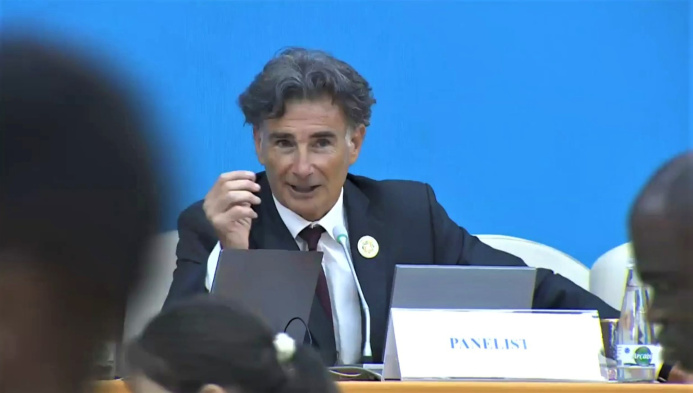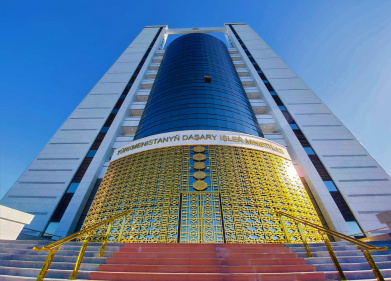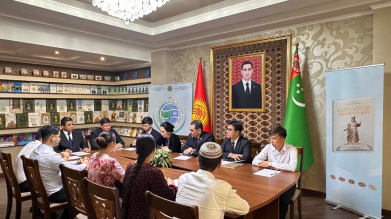Opening "Roads of Life" for Landlocked Countries - Avaza Vector of Movement
08.08.2025 | 01:38 |At one of the round tables of the Third UN Conference on Landlocked Developing Countries (LLDC), the main topic was the development of transport infrastructure. The speakers agreed that roads and bridges alone are not enough for these countries to successfully trade and develop.
New, more effective approaches and tools are needed. The Avaza Action Program recognizes that sustainable infrastructure, reliable communications and uninterrupted transit are the most important foundations for growth, sustainability and hope in landlocked developing countries.
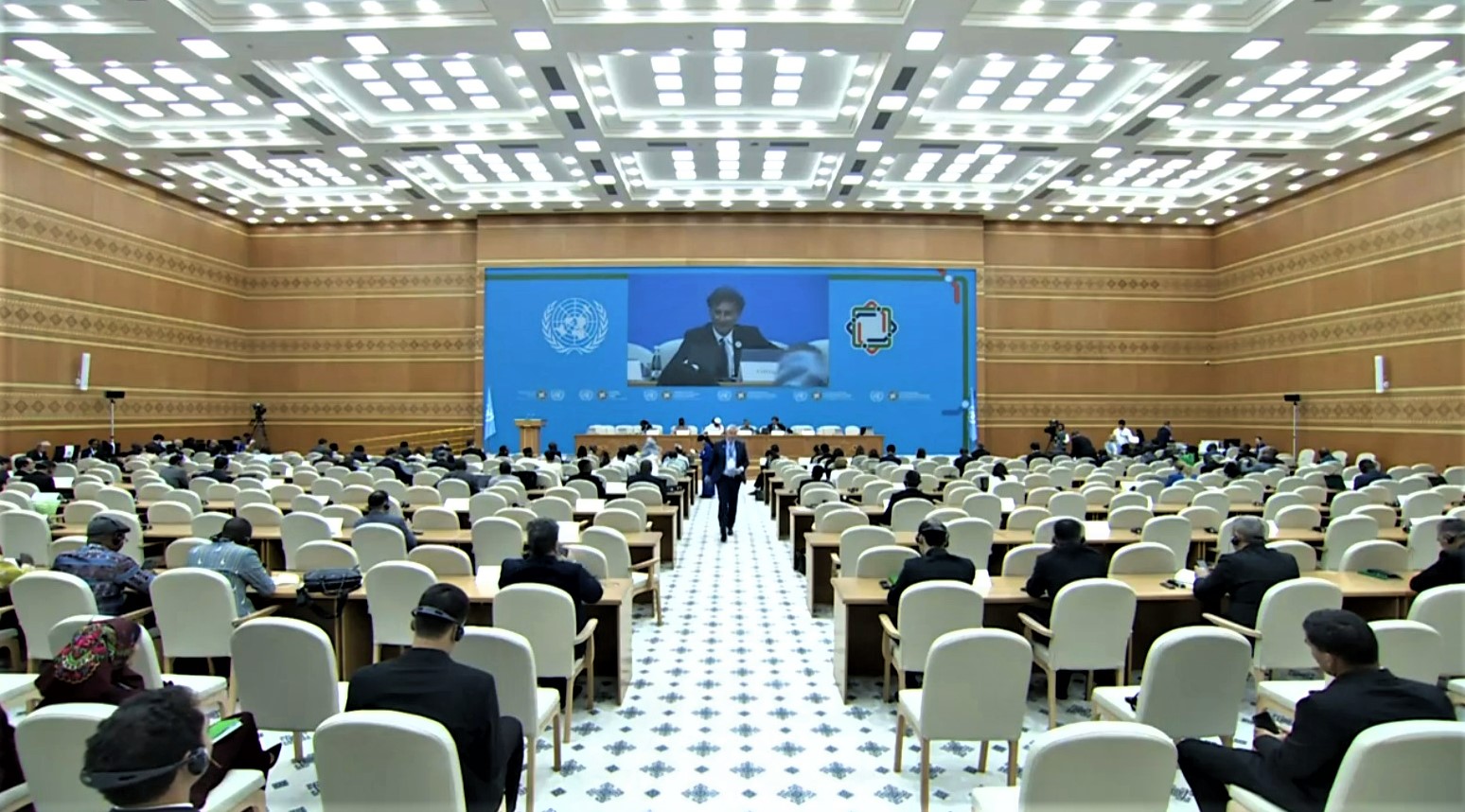
"A truck at the border is not sustainable development!"
Secretary General of the International Road Transport Union, Umberto de Pretto, gave an emotional speech. The IRU Secretary General noted that he lives in Switzerland, a landlocked country experience of which shows that "your geography does not dictate your future" and called on landlocked developing countries to consider solutions that go beyond physical infrastructure.
He sharply criticized the situation where billions are spent on building roads, while drivers are stuck at borders not for days, but for weeks. "We have the audacity to talk about sustainable development, but a truck stuck at the border is the exact opposite of sustainable development," he said. Not only does this stop the economy, but it also harms the environment, because engines are running in vain, burning fuel. De Pretto called on those present to act so that trucks can cross borders in a matter of minutes.
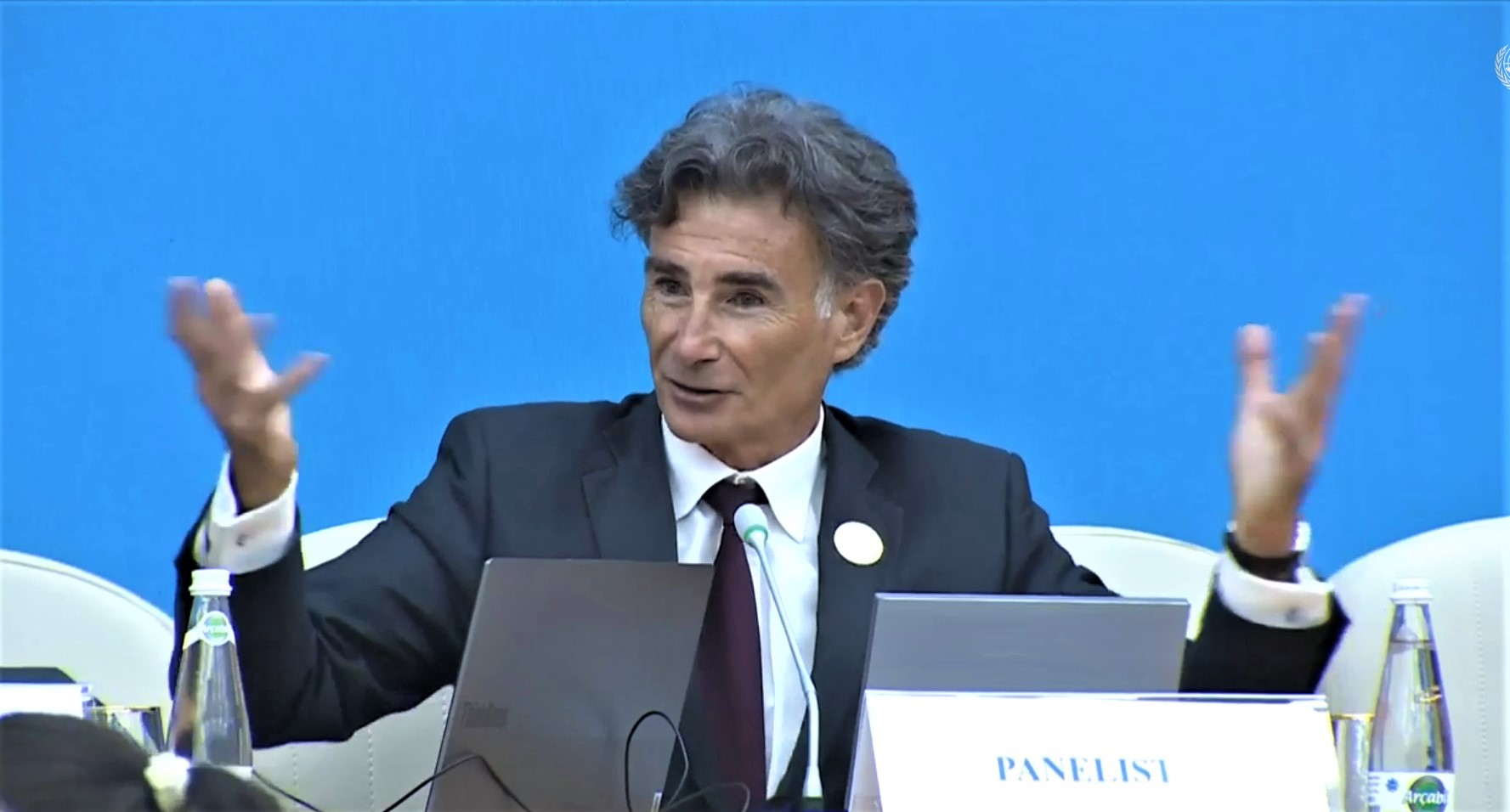
To solve this problem, he proposed using the TIR Convention, which allows goods to cross borders without inspection. This is a basic but very effective tool, which, unfortunately, 21 out of 32 LLDCs have not yet implemented. De Pretto called on landlocked countries not to postpone this simple solution, which has already proven its effectiveness in a number of countries.
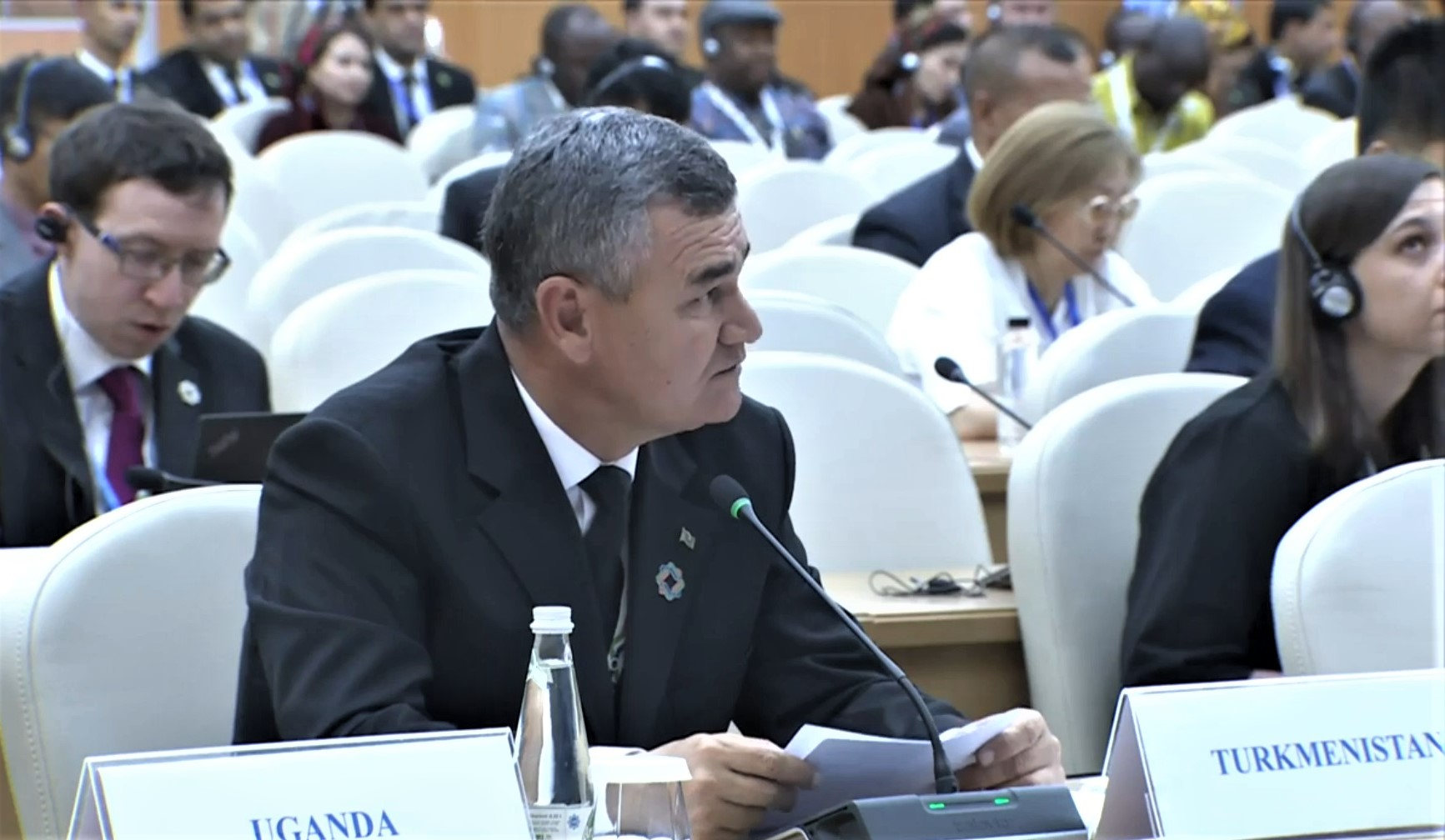
Why logistics is too expensive
Burkina Faso's Minister of Territorial Administration Emile Zerbo explained the difficulties his countrymen face. The nearest port is 1,000 km away, and transport costs account for up to 45% of total costs, compared to just 10% for coastal countries. He called regional transport corridors "a fundamental lever for improving economic competitiveness."
The speaker also described how his country, Burkina Faso, is working to improve its "virtual and physical" infrastructure: introducing electronic cargo tracking systems and planning to build training centers for specialists, railways and a regional airport.

Transport corridors as “economic arteries”
UNIDO Senior Director Fatou Haidara, originally from Mali, stressed that transport corridors are not just roads, but “vital economic arteries” through which goods and people move. She noted that well-planned corridors reduce costs and make business more predictable, which attracts investors.
Leila Batyrbekova, founder of the Association of Transport and Trade in Europe and Central Asia, agreed. She stressed that it is necessary not only to build new infrastructure, but also to maintain it in good condition, and to pay attention to “soft infrastructure” – harmonization of customs procedures and digitalization. This is especially important when it comes to the Middle Corridor, which connects Central Asia with the rest of the world.
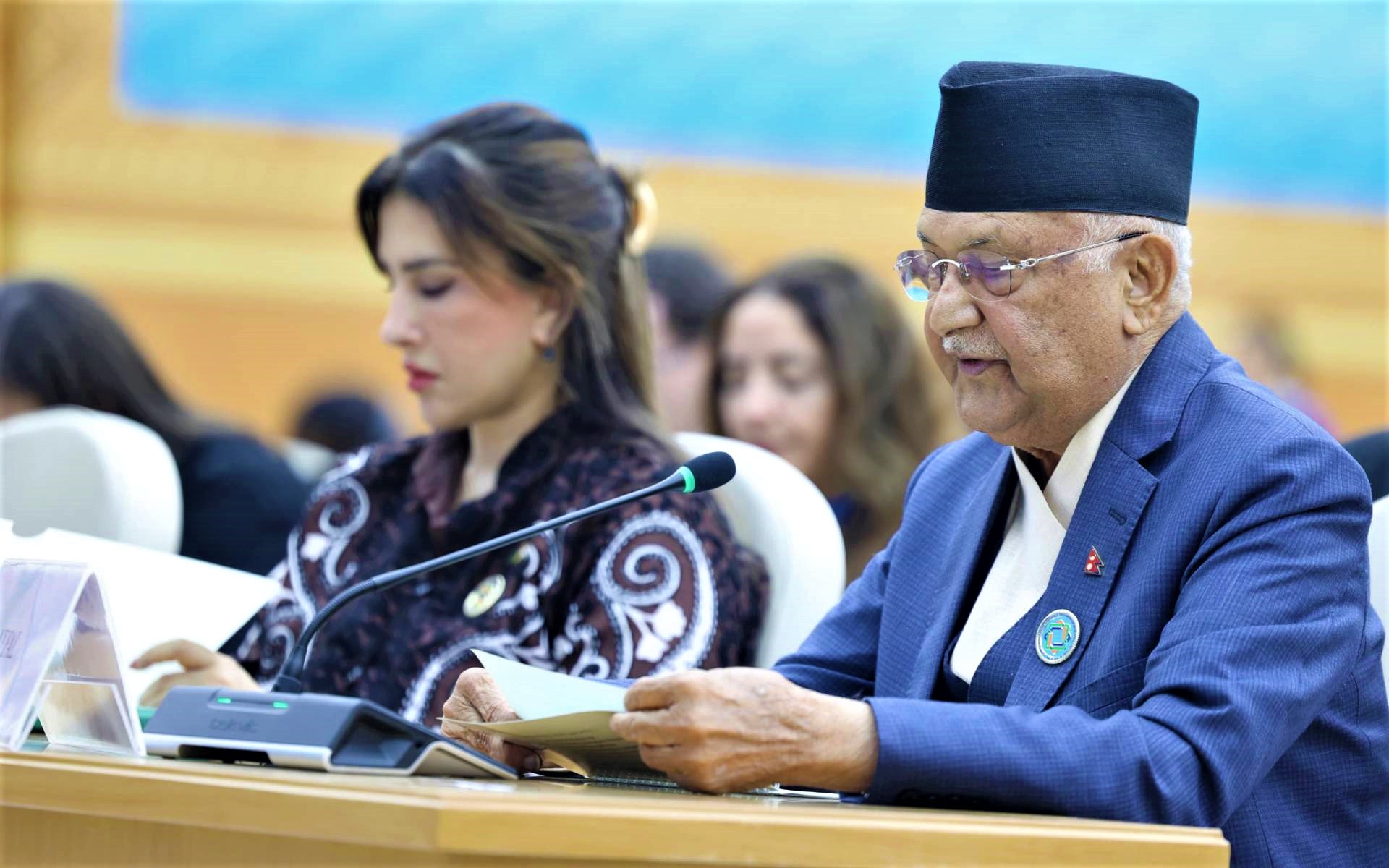
The roundtable participants agreed that physical roads alone are not enough for LLDCs. A comprehensive approach is needed: investments in modern technologies, creation of “soft infrastructure” (digitalization, simplification of border control) and, of course, global partnership. As Malian Transport Minister Madina Sissoko Dembele said, “we need partnerships and synergy of actions.” Only in this way will transport corridors truly become “economic lifelines” and not a source of constant problems and expenses.
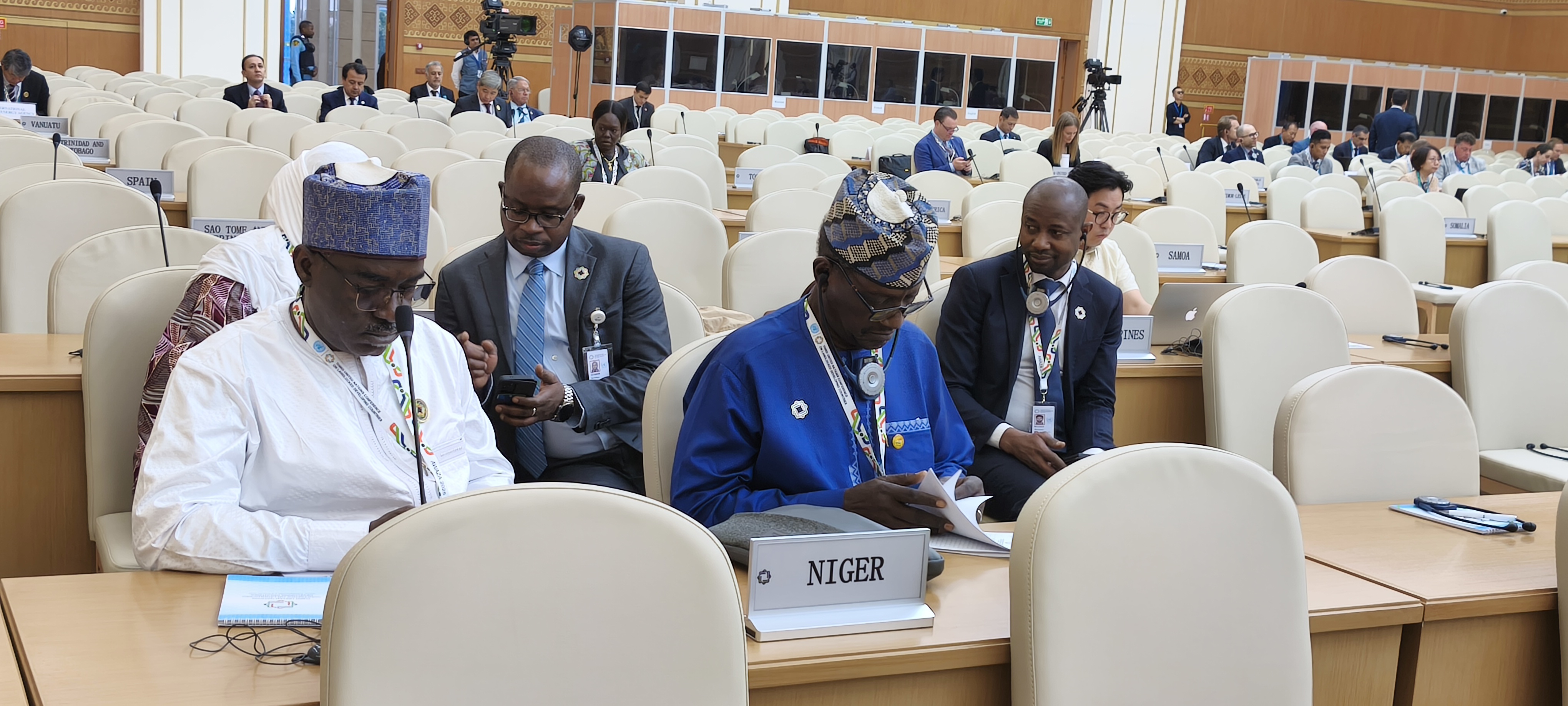
ORIENT

